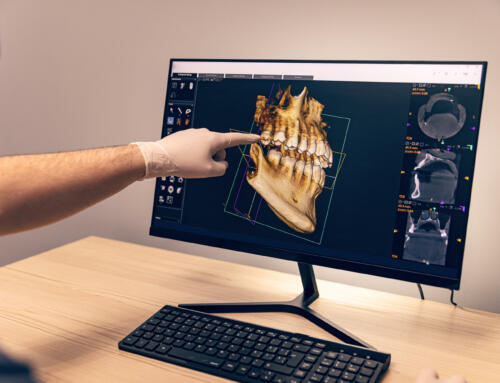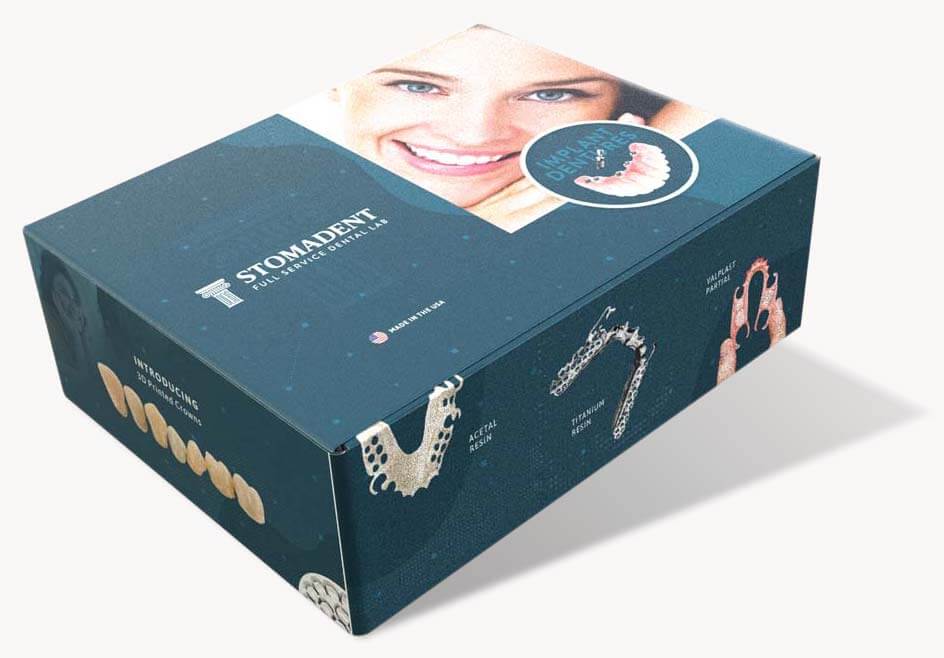
By David Hudnall, DMD
So, you’re thinking about taking your practice digital. Does that mean you should throw out everything you know about physical impressions and start from scratch? Quite the contrary. All of the techniques for obtaining good impressions still apply, but in a slightly different way. When performed correctly, digital dental impressions will help to increase your clinical success and reduce the number of remakes that you experience, leading to happier patients that rave about your abilities.
Digital vs. Analog Impressions
The conversion from analog impressions to scanned digital impressions is a big leap for most dental practices. While digital processing can lead to an improved workflow, higher quality final restorations, and more accurate impressions, start-up costs are high.
Not only is there the cost of the equipment, there are ongoing fees associated with maintaining and upgrading your system and software that never fully go away. Therefore, it is essential that you do your homework. Determine if you have enough patients in your practice requiring indirect restorations or orthodontic treatment to warrant the cost and still obtain a reasonable return on your investment.
Patients hate analog impressions. They are messy, uncomfortable, time-consuming, and sometimes must be repeated. One major advantage of digital impressions is that they have the potential to allow clinicians to take better impressions more quickly, allowing for a more pleasant experience and a more precise-fitting restoration to be fabricated. And this potential can be realized only if the dental professional puts forth the time necessary to become extremely proficient in using a chairside intraoral scanner.
Maintaining high-quality standards must be carried forward from traditional procedures. Technology can make good dentistry better and poor-quality dentistry worse. Accept that new technology will slow you down in the beginning until you become comfortable using the equipment to your best advantage.
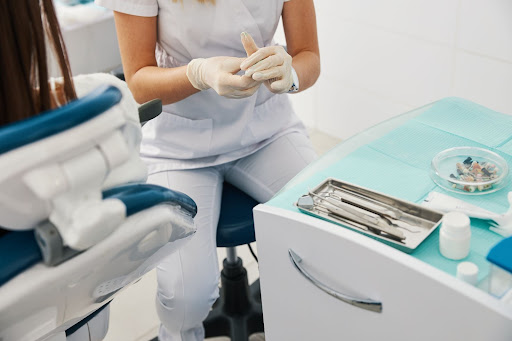
Digital Dental Impressions Best Practices
Like any other new process or equipment that you have incorporated into your dental practice, there are steps involved in order to gain the biggest benefits from the technology. Think about other transformations — such as going from physical radiographs to digital x-rays.
Can you imagine going back to chemical processing? But the transition didn’t happen overnight or by allowing the digital x-ray machine to collect dust. The same applies to an intraoral scanner. Develop a plan to help advance yourself in the right direction.
Training
Accept that there is going to be a steep learning curve for yourself and for everyone on your team. Train your staff to use the equipment from inception. In the end, the dentist should be doing only those things that the dental professional can legally perform. Assign a competent staff member to handle all of the other tasks associated with your intraoral scanner and software.
Maintain High Standards
Carry forward best practices from traditional impression methods. Digital scanning is a tool. How you use it is up to you. Streamlining your practice to a digital format does not negate the need for smooth margins, clear delineation, proper isolation, and well-defined impressions that show all of the required detail with great accuracy.
Dental laboratories can only provide a restoration based upon the information that you provide to them. If you take an inferior digital impression, expect an inferior product regardless if it was manufactured using the most state-of-the-art equipment and methodology.
Flexibility
Use the greater flexibility afforded by digital impressions to your advantage. Unlike analog impressions, it is possible to stop and start the impression process. This can be helpful if the case requires capturing margins of multiple crowns or when there is insufficient retraction or moisture control to obtain the best possible scanned impression. Realize that you don’t have to capture every image at one time. If the patient needs to take a break, you can allow that to happen without the need to start over.

Digital Impression Advantages
There are a number of advantages that digital dental impressions have to offer over traditional impression-taking methods.
Scans Are a Permanent Record
Unlike physical impressions, digital scans never degrade. They can be reused, if necessary, and are accessible anywhere there is an internet connection. Think of the time saved should your patient lose their denture.
Impression Evaluation
The inherent nature of analog impressions means there is a greater chance for human errors to factor into your final impression. Often the dentist will have to get out a magnifying glass or loupes to evaluate the accuracy of the impression.
Digital impressions allow the clinician to evaluate the scan immediately by enlarging and viewing the scan on the monitor. It is possible to see where the preparation is incomplete or if the scan quality is deficient. These things can be corrected, and the area can be rescanned before submitting to the dental lab, eliminating impressions with undefined details.
Rx and Communication
Electronic transmission of scanned impressions allows for seamless integration into the laboratory’s digital workflow, eliminating written prescriptions that can be ambiguous or require telephone calls for additional clarification.
Restoration Design
Because the accuracy of the final restoration depends on the impression, model, die trimming, and other laborious manual steps, the opportunity for errors and remakes increases with each successive step. Going directly from a digital scan to design and fabrication eliminates many intermediate steps and greatly improves the fit of the final appliance.
Finishing
The traditional method of producing dental restorations involves adjusting the restoration to fit a model that could be distorted or slightly inaccurate, increasing the chances for human error and remakes. Using a model-free workflow dramatically reduces human handling, allowing a much more precise fit with little to no adjustments.
Less Time and Less Handling
Have you ever had a laboratory case get lost in the mail? Then you understand the snowball effect of everything that can go wrong with your case. A totally integrated digital workflow eliminates a number of labor-intensive steps, including packing and labeling, shipping, unpackaging, manual scheduling of the case, pouring physical models, die trimming, fitting the restoration to a model, and shipping the case back to the dental office. A reduction in the number of steps directly translates into a restoration that can be delivered to your patient sooner than those produced manually.
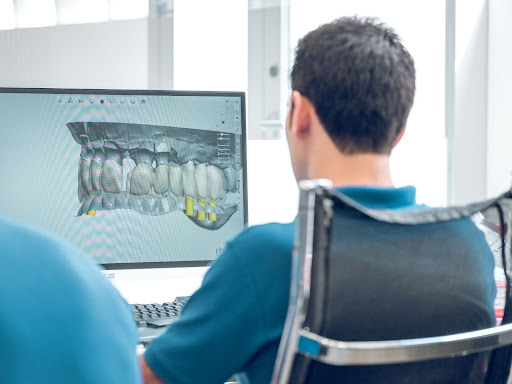
Haven’t Made the Transition To Digital Dentistry?
Stomadent Dental Laboratory can help put you on the right track with equipment recommendations and best practices that will ensure a smooth transition into the world of digital dentistry. See the difference in quality and experience the improved fit with our digitally milled and 3D printed restorations.
Your office can be seamlessly integrated into Stomadent’s production system to create a completely digital workflow directly from your office to our laboratory. To see all of the digital solutions that Stomadent has to offer, including our digital scanner recommendations, visit our products page at stomadentlab/products.

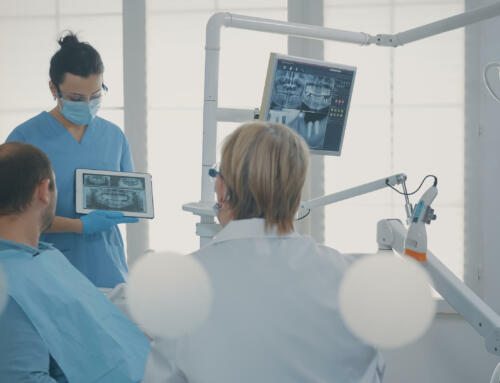
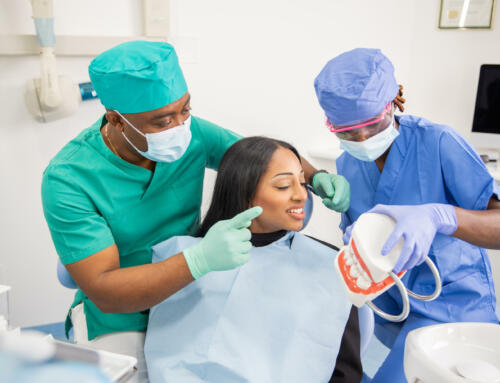
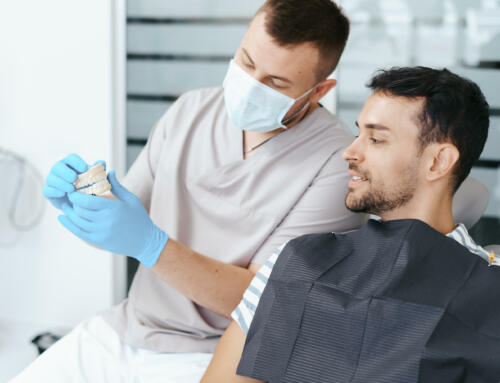
![Hybrid Denture with Titanium Bar [Best Methods + Advantages]](https://stomadentlab.com/wp-content/uploads/2024/01/dental-prosthesis-on-dark-background-2023-11-27-05-06-28-utc-scaled-500x383.jpg)
![The Lucitone Denture Advantage [Best Practices + Advice]](https://stomadentlab.com/wp-content/uploads/2022/08/lucitone-promo-1-500x383.jpg)
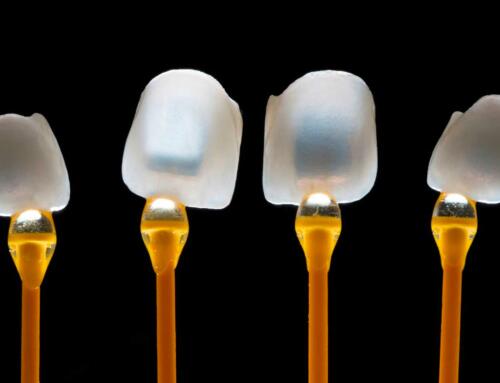
![How to Remove Snap On Dentures [Expert Guidance]](https://stomadentlab.com/wp-content/uploads/2023/12/a-denture-in-a-glass-of-water-dental-prosthesis-c-2023-11-27-04-50-54-utc-scaled-500x383.jpg)

